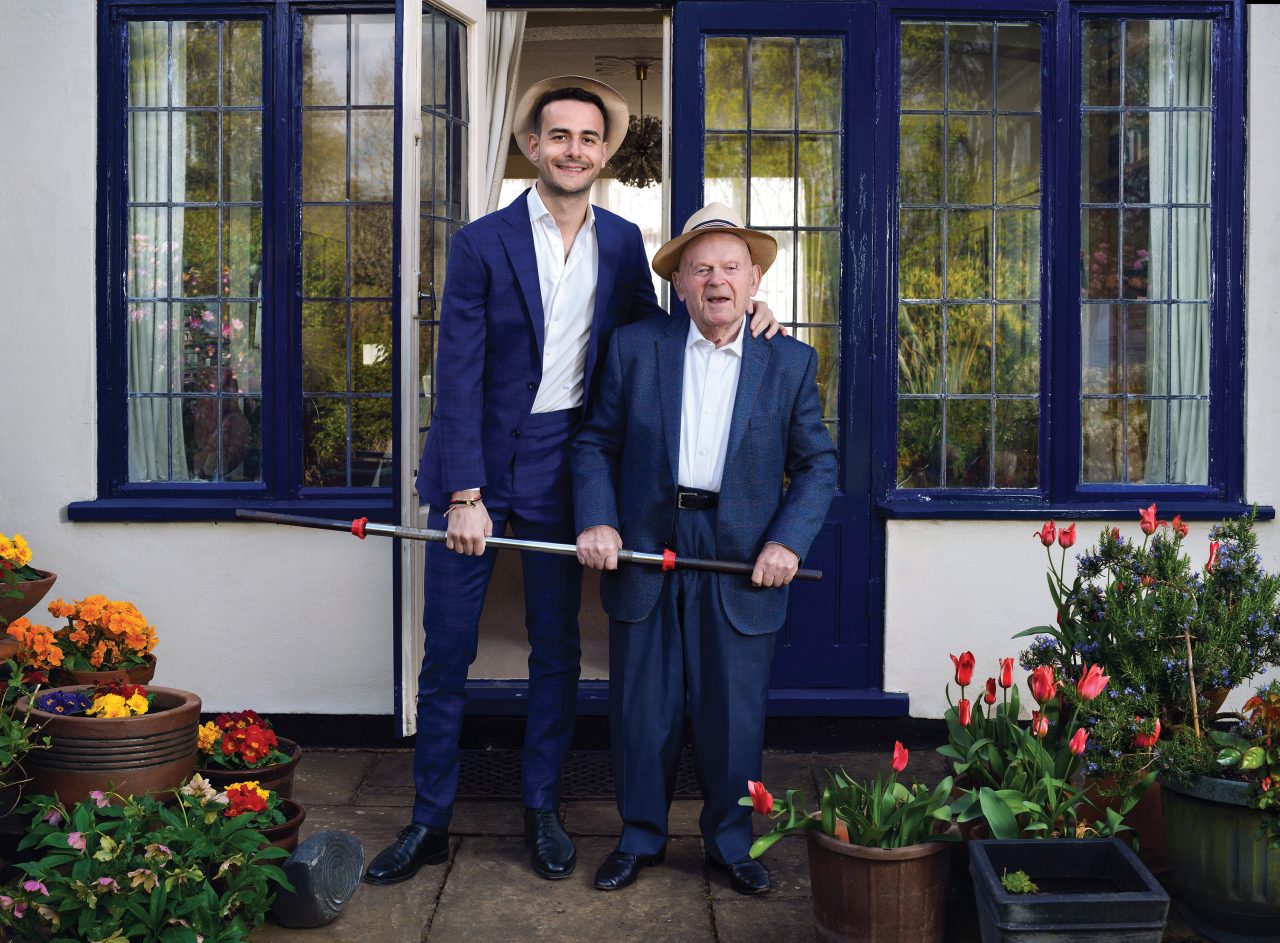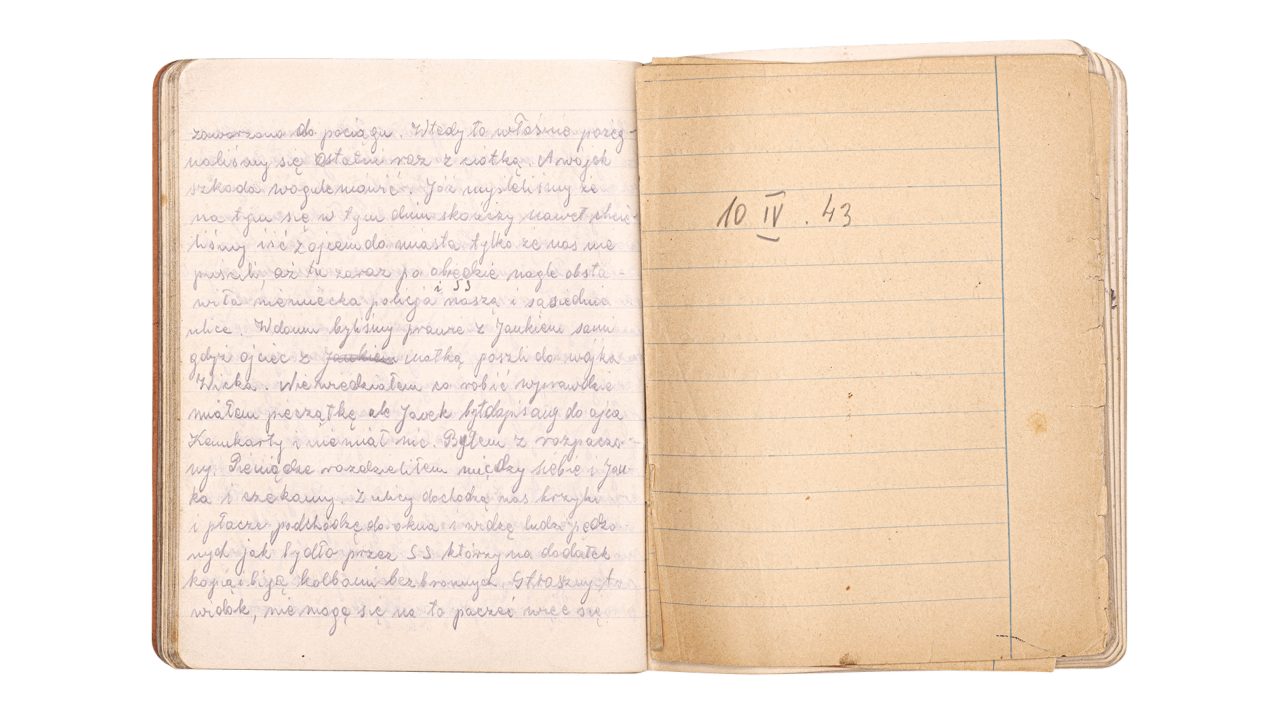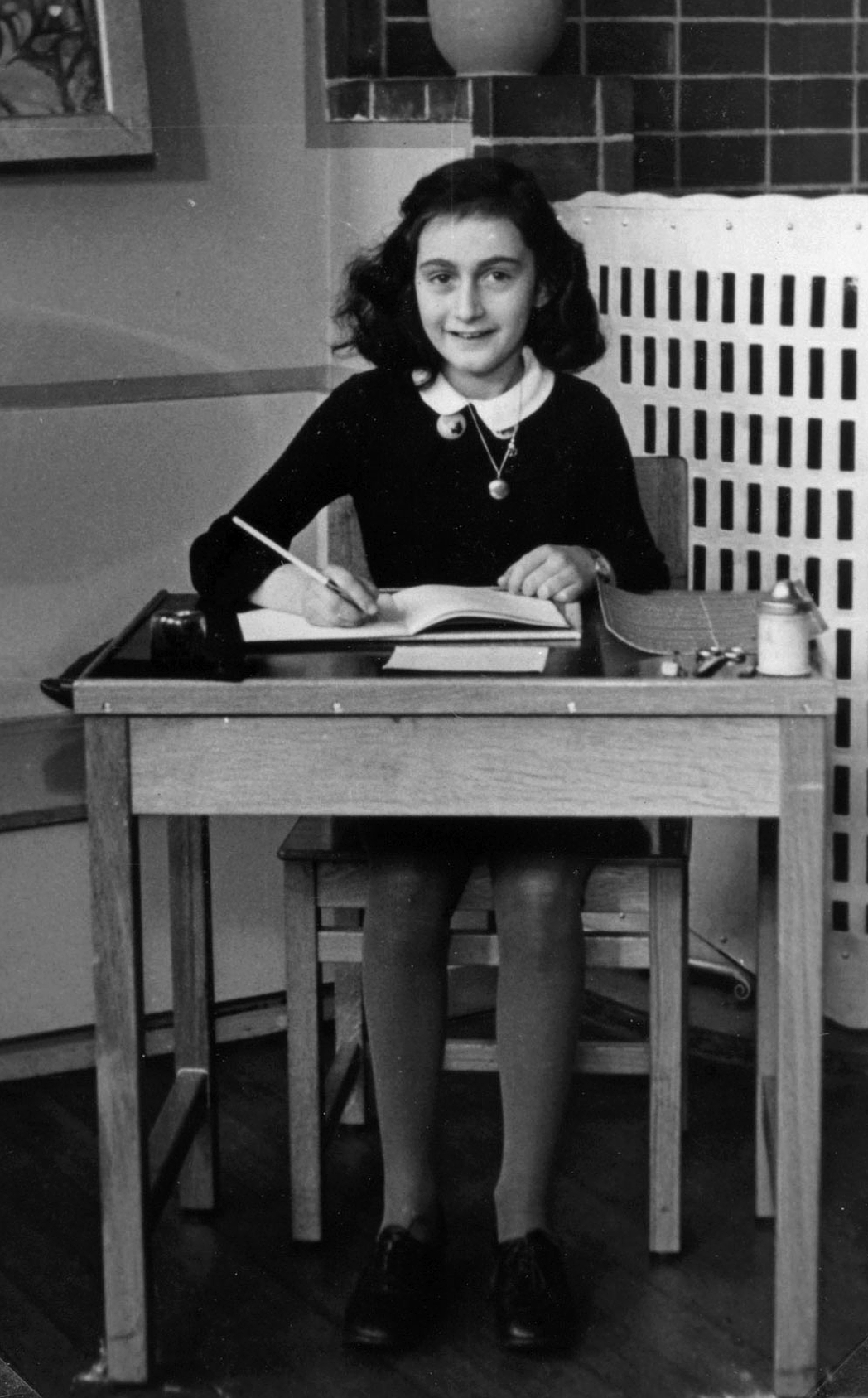ORDINARY OBJECTS, EXTRAORDINARY JOURNEYS launches
Today, together with The National Holocaust Centre and Museum, we launched the new ORDINARY OBJECTS, EXTRAORDINARY JOURNEYS website at an online event attended by more than 150 people.
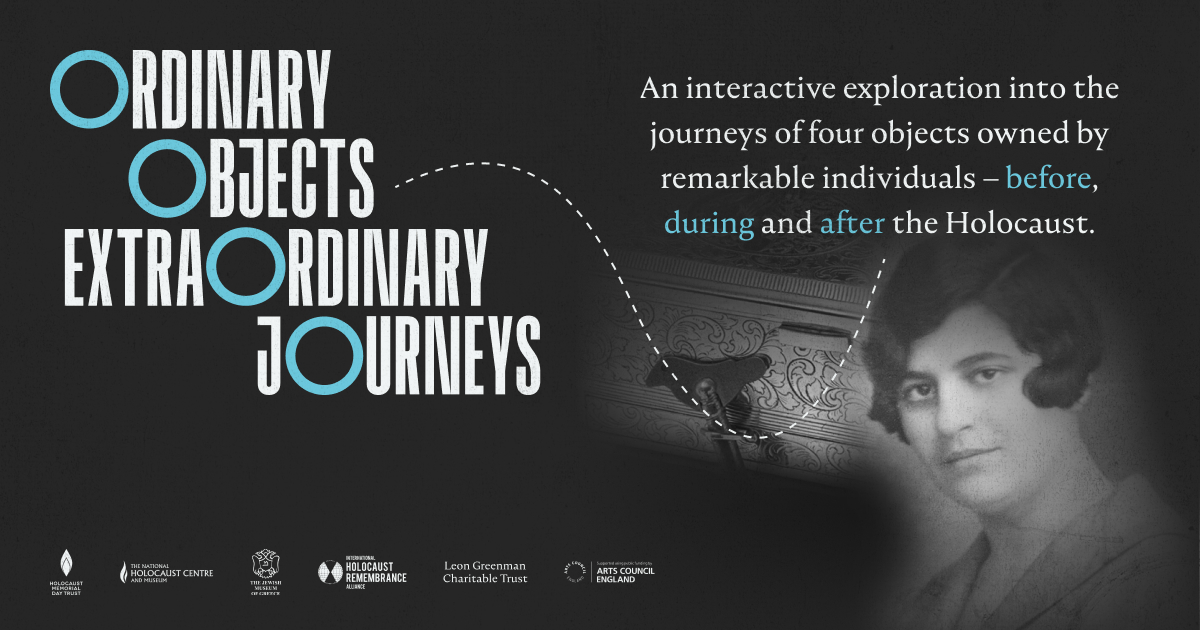
We are delighted to have partnered with The National Holocaust Centre and Museum and the Jewish Museum of Greece on this exciting new project.
ORDINARY OBJECTS, EXTRAORDINARY JOURNEYS provides a unique and interactive experience, following the journeys of four individuals affected by the Holocaust, through an interactive map and objects belonging to them. The project could not have been realised without support from our funders – The International Holocaust Remembrance Alliance, Leon Greenman Charitable Trust, Arts Council England and Cecil Rosen Foundation.
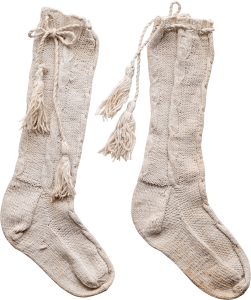
The journey of these socks, knitted by Eda de Botton at Bergen Belsen, is one of the stories told on the OOEJ site
Marc Cave, Director of The National Holocaust Centre and Museum said:
When we and HMDT agreed to do a Collections-based project together, we wanted to ensure it was in the service of telling the stories of some lesser known survivors of the Holocaust. Some of the objects seem mundane. Some seem beautiful. But all are priceless in what they tell us about the annihilation of normal Jewish family life right across Europe. There is a common misperception that the Holocaust just took place in Germany (and maybe Poland). This exhibition tells four stories spanning Greece, France, Austria, Germany, Poland, England and Scotland.
‘Ordinary Objects, Extraordinary Journeys’ is an interactive online exhibition. This is to democratise the idea of what an exhibition can be. Not only does it enable universal access but actually, we have used the storytelling properties like 360-degree spin-rounds which would not be possible in real life. It’s a rich digital experience using strong interaction and graphic design. It portrays epic journeys which crystallised the destruction and rebirth of the Jewish family unit. Hopefully it will make us all think about what matters most in our relationships as mothers, fathers, children, siblings and spouses.
Dr Rachel Century, our Director of Engagement and Deputy Chief Executive, emphasises the importance of the project:
These deeply personal objects leave the most profound impression on anyone looking at them. They are silent witnesses to the truth about incomprehensible human evil, offering everyone the opportunity to connect, empathise, and relate to victims of Nazi persecution; the objects say more than words ever could.
We owe it to those who were murdered, and those who survived, and even future generations – to keep the memory of the Holocaust alive. What this project does is summon the power of ordinary objects to bring to life the experiences of those who endured the Holocaust.
Zanet Battinou, Archaeologist and Director of the Jewish Museum of Greece (JMG), said of the project:
Exploring four microcosms of the Holocaust reveals the complexity of the historical past and the pluralism of experiences. JMG believes this is the cornerstone of democratic education.
The website launched during Refugee Week to reflect the stories of refugees told through the website. At the launch, attendees heard from John Hajdu MBE, survivor of the Holocaust, and Enver Solomon, Chief Executive of the Refugee Council, who discussed refugee experiences past and present, and the relevance of ‘ordinary objects’.
Enver Solomon, Chief Executive of the Refugee Counci, reflected at the launch:
The website is very powerful… It’s through the stories of the past and the objects and journeys on the website that we can draw parallels with the present.
